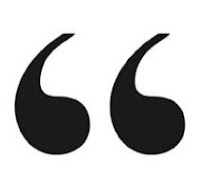
Indeed, there is much to like about this poster. There’s not a lot of text, and the layout is straightforward. There is, however, room for improvement.

I appreciate that the authors attempted to lay the poster out in a grid. But the columns are uneven, with the middle slightly wider than the outer ones.
The spacing problems are vertical as well as horizontal, notably in the left column. The text threatens to intrude upon the bottom figure, which is puzzling given the conspicuous gap after the first figure. It would have been very easy to move the text between these figures up. thus evening out the space.
The text describing Figure 4 at the bottom of the middle column is separated from the actual Figure, at the top of the right column. This is one would be quite hard to fix. If the small bit of text goes into the right column, a gap is created at the bottom of the middle.
The authors have tried to enhance the distinction between the headings and the main text by colouring the headings. The concept is good, but enhancing the typographic differences between the two would be more effective. This could be done by making the sizes more different, making the headings bold, or even set in a different font.
Some of the text could be tightened up, too. For instance, one heading says, “Tip size dramatically affected cooling.” “Affected” is vague. Why not, “Tip size dramatically increased cooling,” or “Tip size dramatically reduced cooling.”
The composition of this poster is solid. It just would have benefited from one last, final tweak. It is a little frustrating, however, that a poster with these sorts of problems is put up as an exemplar. Even if it is much better than most.










